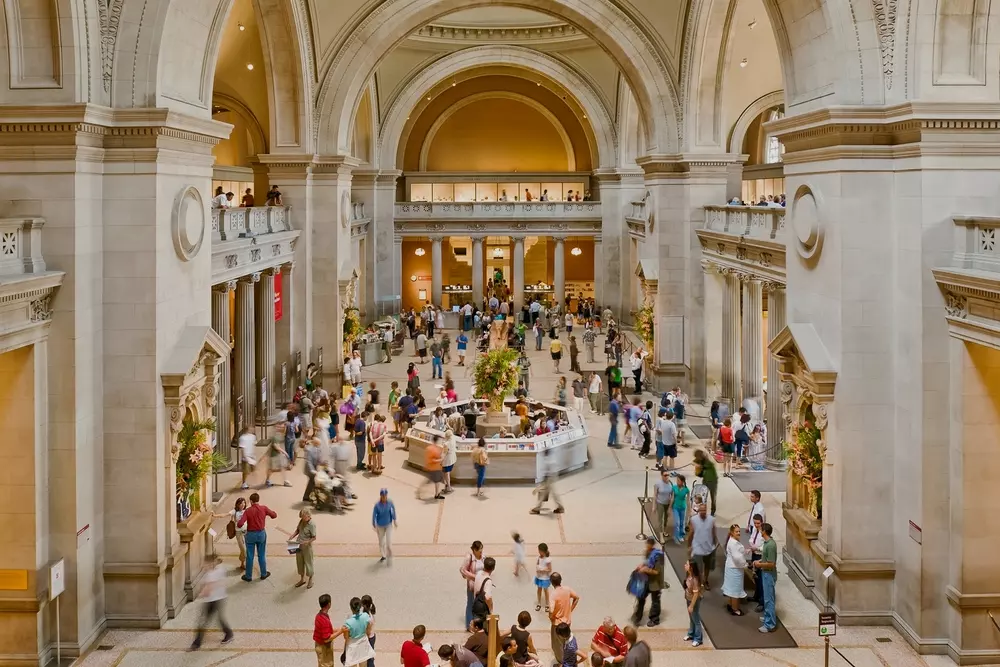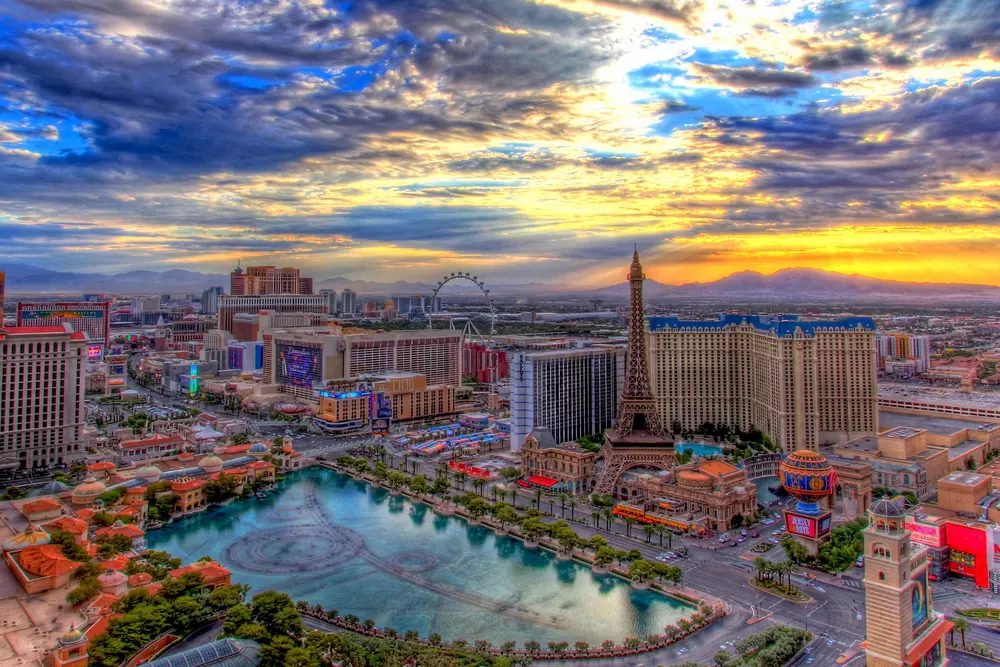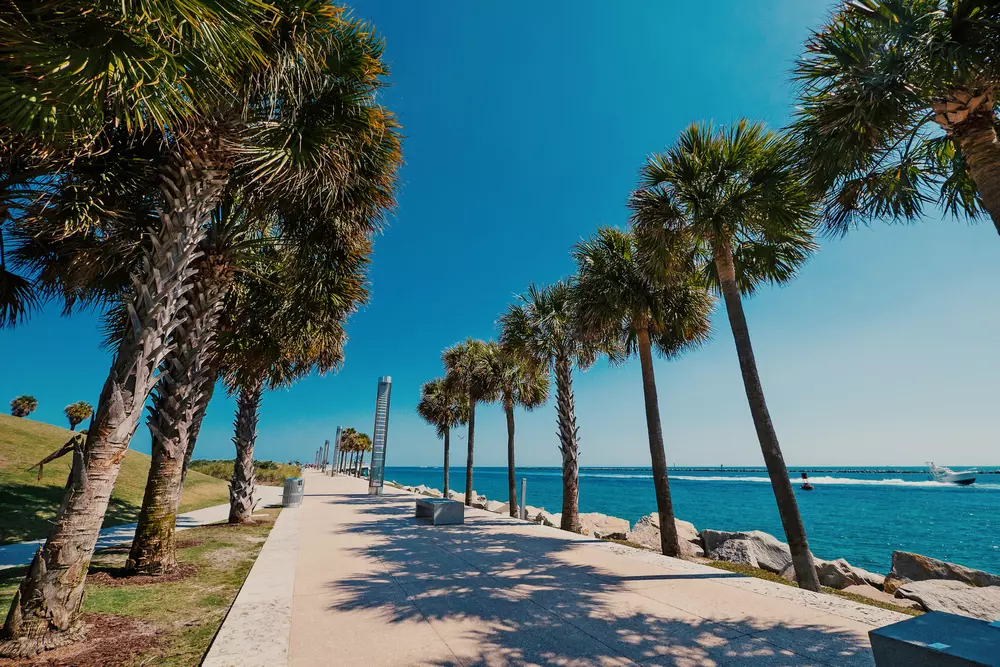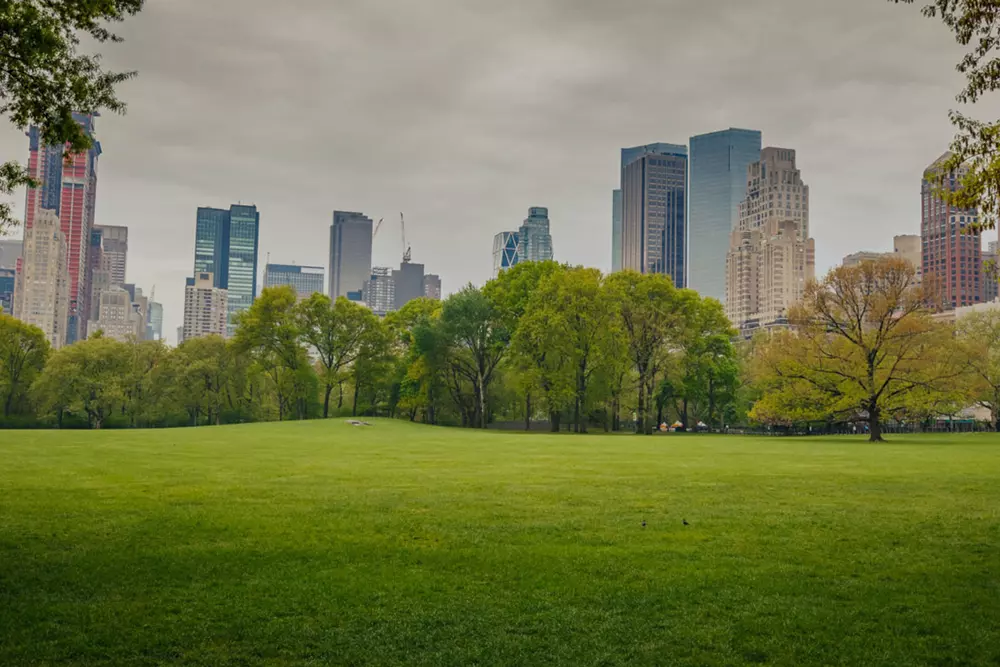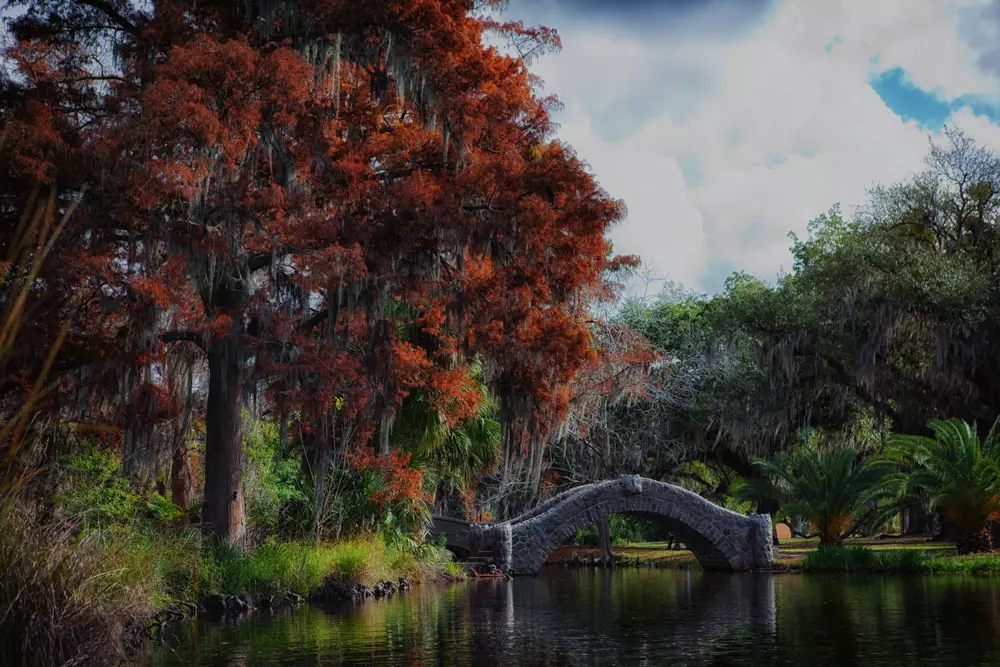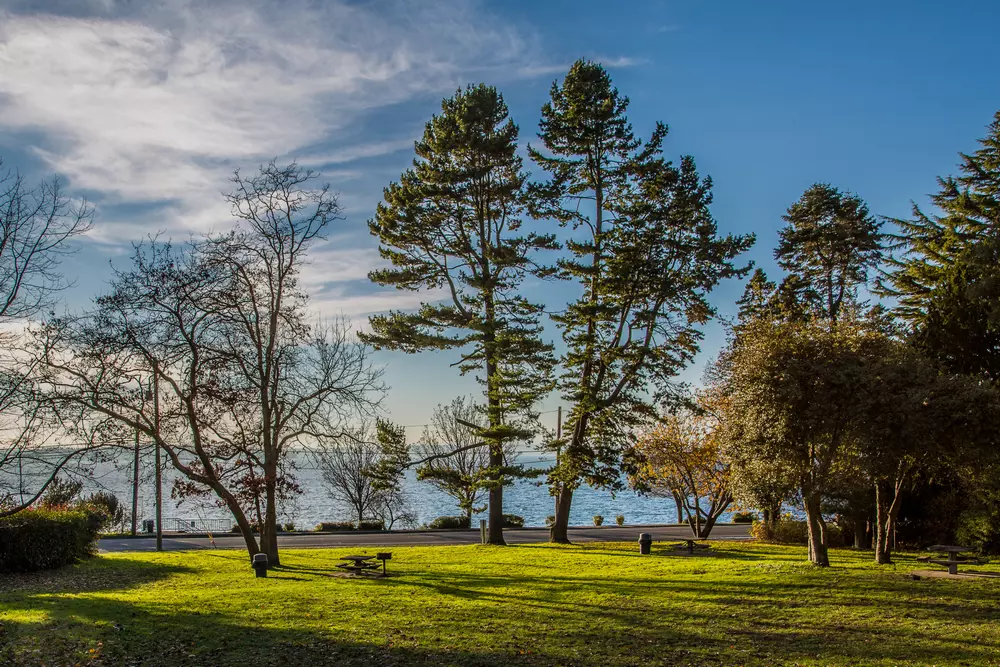Grand Central Terminal is New York's oldest and most magnificent train station. You might think that by definition, there can't be anything interesting about a train station, but that's not true. Grand Central is a treasure trove of stories.
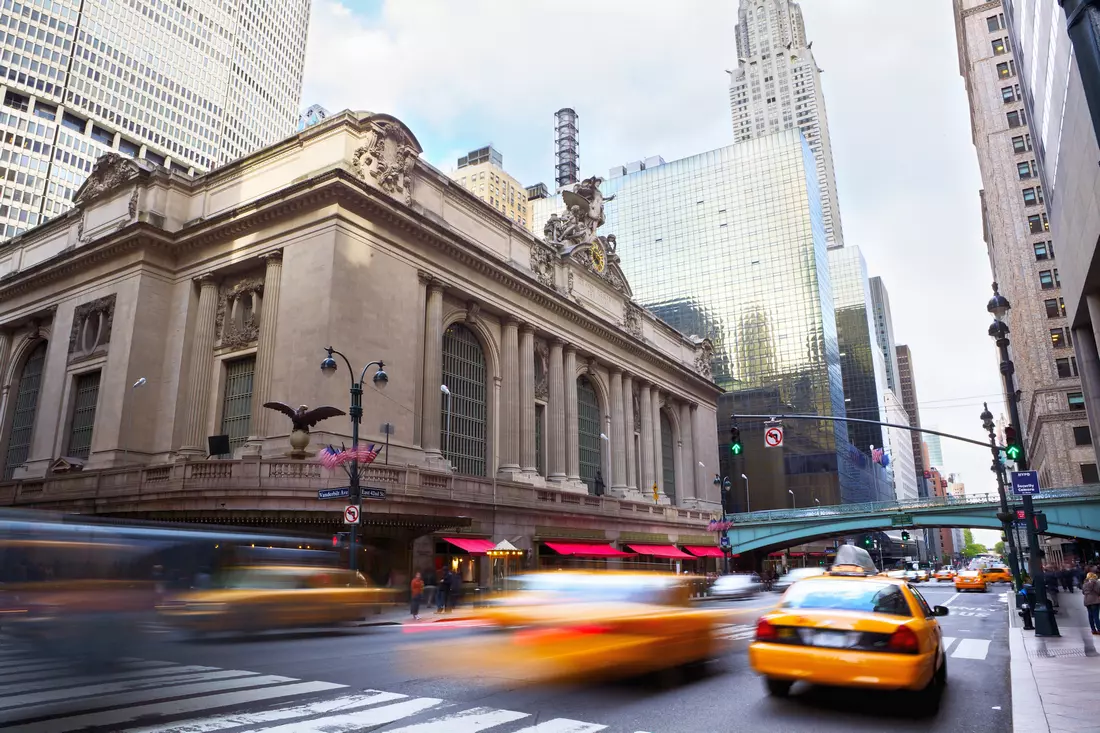
From the Beginning: The History and Development
New York's Grand Central Terminal, now a beacon of splendor and grandeur, wasn't always the famed and awe-inspiring hub it is today. It began modestly in 1871 as a simple railway station serving as a transit node for three railway lines. Owned by the transport magnate Cornelius Vanderbilt, a descendant of Dutch settlers, he mainly focused on shipping, achieving significant success in the industry.
The railroad business wasn't as straightforward — owning a few lines and an old terminal under his New York Central company seemed trivial compared to the scale and fame of his rival, the Pennsylvania Railroad company. Vanderbilt's patience snapped by the end of the century, and his company embarked on constructing a large depot, aptly named the Grand Central Depot. Its grandness, purely the result of competition and vanity.
The depot expanded the number of tracks from three to several dozen, wiping the floor with the Pennsylvanians. However, the triumph was short-lived — in 1902, a collision in the depot's tunnel killed 17 people and seriously injured 35. Authorities banned steam locomotive traffic on the entire Manhattan island as a result.
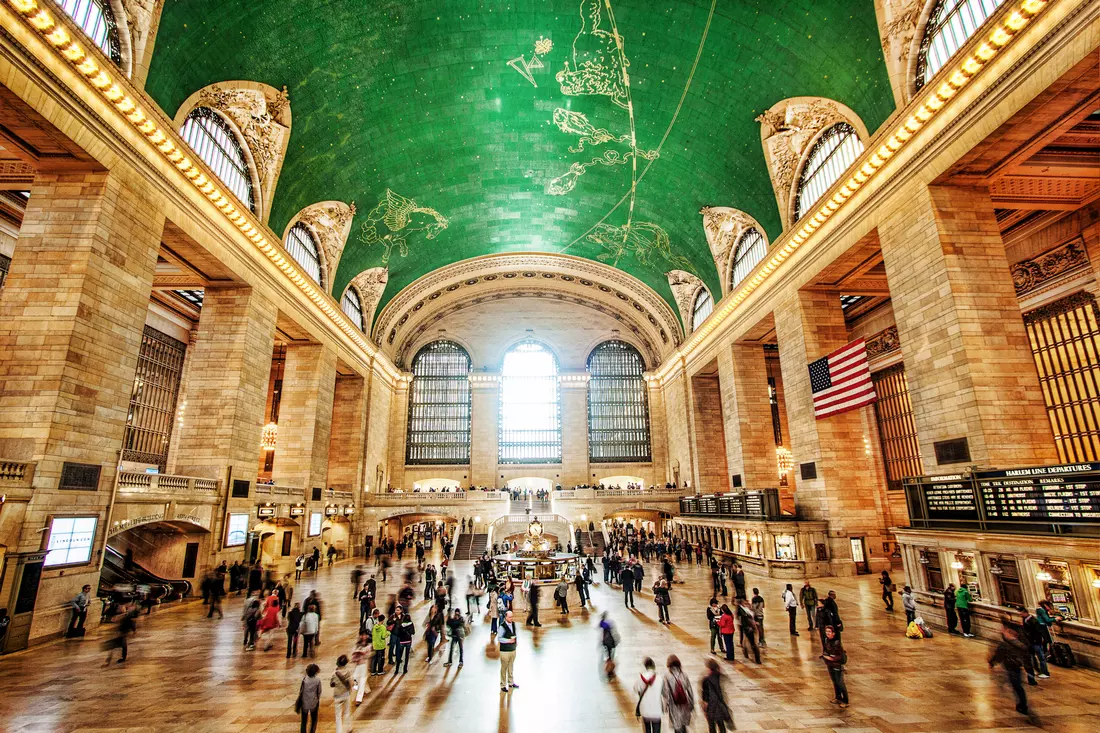
The New Format
The only way out for New York Central was to switch profiles — from steam trains to electric trains. But the depot's structure was no longer suitable. Hence began the construction of the century.
By 1913, the station was entirely rebuilt and renamed Grand Central Terminal. The new edifice boasted a record capacity: 44 platforms and 67 tracks – figures that remain unsurpassed by any station in the world to this day. The station connected railway lines with three subway stations. By 1947, the passenger flow had reached 65 million people.
The Grand Central Terminal is designed in the Beaux-Arts style — a blend of French Baroque and Italian Renaissance. That means large windows, high adorned vaults, columns, bright marble, and vast spaces aren't just present — they astonish with their scale. But Grand Central is famous for more than just its architecture.

The Fight for Longevity
By the '50s, the railroad boom in the U.S. had ended. Intercity train travel was no longer in demand — cars and airplanes were much more convenient and faster. By the '60s, bankrupt companies began hastily demolishing buildings and selling off lands. New York Central's main competitor, the Pennsylvania Railroad company, also lost its flagship — their beautiful station was demolished to make way for the modern Madison Square Garden. The same fate awaited Grand Central Terminal.
Public outcry saved the building. People united to protect the structure, with Jacqueline Kennedy leading the community. Protests and legal battles lasted a total of more than 15 years. It was only in 1978 that the U.S. Supreme Court ruled to protect the building as a historical and architectural monument. But by then, the railroad company was bankrupt.
Grand Central Terminal operated at half capacity, gathering dust, dirt, and deteriorating with time until 1994. MTA, the new transportation company, became its savior from ruin: they leased the building for 80 years and subsequently restored it. The restoration and refurbishment to match the terminal's 1913 benchmark took four years of intensive work.
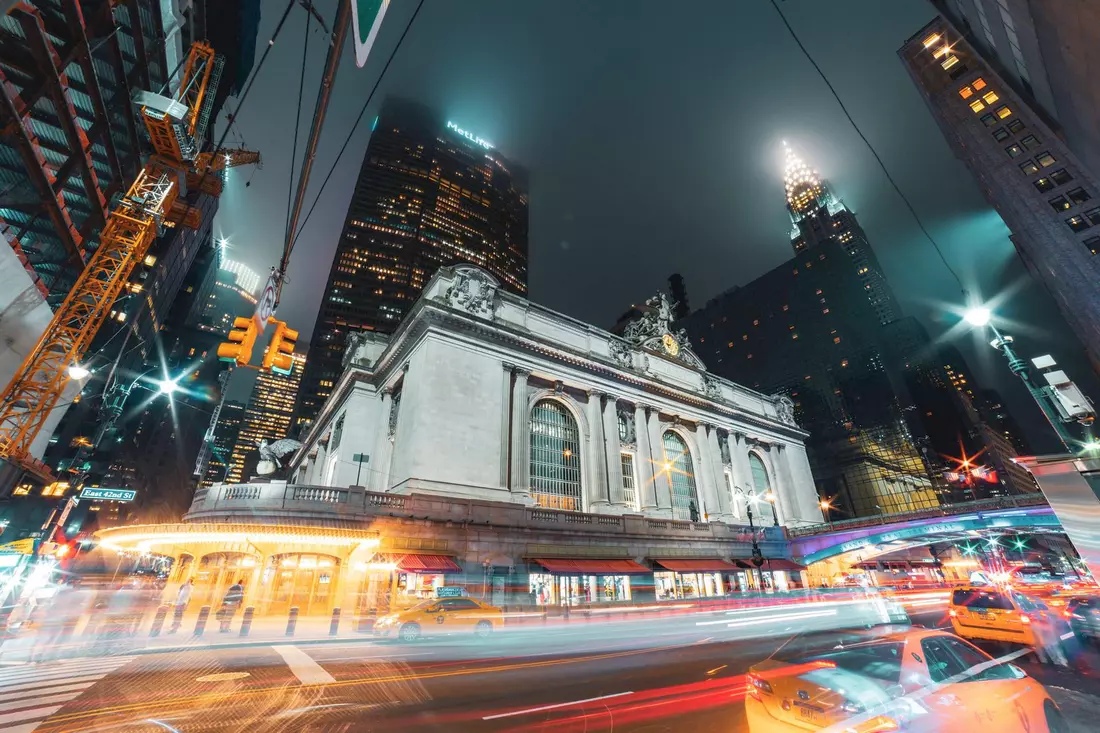
Little station secrets
Grand Central Terminal harbors its own local legends, such as the existence of secret platforms reserved for presidents and special services. Rumor has it that only Roosevelt made use of such a platform, but there are many more stories like this.
Before its restoration, the terminal's ceilings were blackened, a condition many attributed to the soot from steam locomotives. However, Grand Central Terminal only ever served electric trains, making it impossible for steam locomotive soot to accumulate. In reality, the black layer was due to the accumulation of cigarette and pipe smoke from passengers — serving as an inadvertent public health message about the dangers of smoking. Today, the ceiling has been cleaned, and smoking is prohibited, but a small section has been left as is, right above Michael Jordan's steakhouse, preserving a piece of history.
Another intriguing fact about the building is that it once housed a real ballistic missile. Opposite it was a circular hole in the roof — a Cold War era symbol meant to bolster belief in the USSR's might. Impressive, right? And that's not all that the legendary Grand Central has to offer!

Grand Central Terminal stands as a symbol of the city's architectural aspirations and its relentless progress. Within its walls beats the heart of New York's layered past, a crossroads of dreams, farewells, and reunions. With its starry ceiling, luxurious staircases, and whispering galleries, the terminal is a place where art meets function, history meets modernity, and every corner tells a story. It's a place where time, in the most literal sense, has been precisely and elegantly measured for over a century.
Let American Butler be your guide to uncovering the secrets of this architectural marvel. With tours that bring history to life, you'll feel the essence of New York. Discover, experience, and navigate through the world's crossroads with us. American Butler knows many more interesting details about the terminal and its surrounding buildings — just contact us and book a tour to learn more.
American Butler also knows many interesting details about the station and its buildings, just contact our specialists or book a tour.























